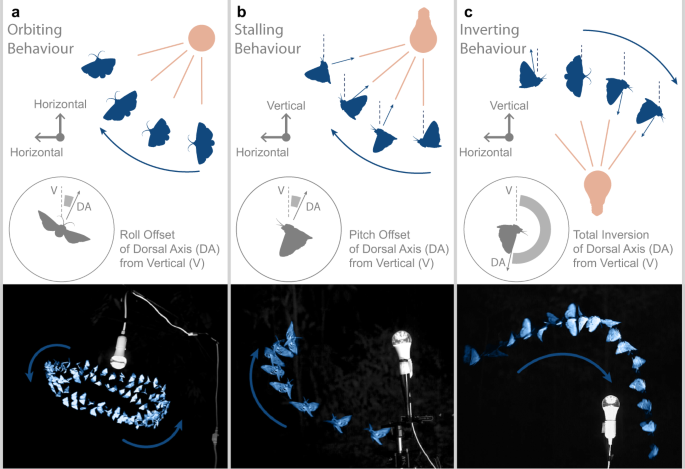2024-02-02 インペリアル・カレッジ・ロンドン(ICL)
◆彼らの研究は、低酸素症(酸素欠乏)によって引き起こされる一種の脳損傷を持つ赤ちゃんを調べました。その結果、血液中に検出可能な遺伝子発現パターンが損傷の原因を示し、新生児が乳児の脳損傷の治療に一般的に使用される冷却治療に反応する可能性があるかどうかを医師に伝えることができることがわかった。
<関連情報>
- https://www.imperial.ac.uk/news/251133/blood-test-could-reveal-cause-brain/
- https://jamanetwork.com/journals/jamanetworkopen/fullarticle/2814632
低酸素虚血性脳症後の全血遺伝子発現プロファイル Whole-Blood Gene Expression Profile After Hypoxic-Ischemic Encephalopathy
Paolo Montaldo, MD, PhD; Constance Burgod, MRes; Jethro A. Herberg, PhD; et al
JAMA Network Open Published:February 2, 2024
DOI:10.1001/jamanetworkopen.2023.54433

Key Points
Question Do genome expression profiles at birth in neonates with hypoxic-ischemic encephalopathy (HIE) in a high-income country (HIC) differ from those of their counterparts in South Asia, and can this difference explain the lack of hypothermic neuroprotection?
Findings In this case-control study of 134 neonates with HIE from an HIC or South Asia and 14 healthy controls from the HIC, neonates in the HIC cohort who had an adverse outcome after HIE had a different host genome expression profile at birth compared with neonates in the South Asia cohort and displayed opposite regulation of the significant genes in common.
Meaning Findings of this study suggest that differences in the nature and timing of cerebral hypoxia ischemia explain the lack of hypothermic neuroprotection in South Asia.
Abstract
Importance Induced hypothermia, the standard treatment for hypoxic-ischemic encephalopathy (HIE) in high-income countries (HICs), is less effective in the low-income populations in South Asia, who have the highest disease burden.
Objective To investigate the differences in blood genome expression profiles of neonates with HIE from an HIC vs neonates with HIE from South Asia.
Design, Setting, and Participants This case-control study analyzed data from (1) a prospective observational study involving neonates with moderate or severe HIE who underwent whole-body hypothermia between January 2017 and June 2019 and age-matched term healthy controls in Italy and (2) a randomized clinical trial involving neonates with moderate or severe HIE in India, Sri Lanka, and Bangladesh recruited between August 2015 and February 2019. Data were analyzed between October 2020 and August 2023.
Exposure Whole-blood RNA that underwent next-generation sequencing.
Main Outcome and Measures The primary outcomes were whole-blood genome expression profile at birth associated with adverse outcome (death or disability at 18 months) after HIE in the HIC and South Asia cohorts and changes in whole-genome expression profile during the first 72 hours after birth in neonates with HIE and healthy controls from the HIC cohort. Blood samples for RNA extraction were collected before whole-body hypothermia at 4 time points (6, 24, 48, and 72 hours after birth) for the HIC cohort. Only 1 blood sample was drawn within 6 hours after birth for the South Asia cohort.
Results The HIC cohort was composed of 35 neonates (21 females [60.0%]) with a median (IQR) birth weight of 3.3 (3.0-3.6) kg and gestational age of 40.0 (39.0-40.6) weeks. The South Asia cohort consisted of 99 neonates (57 males [57.6%]) with a median (IQR) birth weight of 2.9 (2.7-3.3) kg and gestational age of 39.0 (38.0-40.0) weeks. Healthy controls included 14 neonates (9 females [64.3%]) with a median (IQR) birth weight of 3.4 (3.2-3.7) kg and gestational age of 39.2 (38.9-40.4) weeks. A total of 1793 significant genes in the HIC cohort and 99 significant genes in the South Asia cohort were associated with adverse outcome (false discovery rate <0.05). Only 11 of these genes were in common, and all had opposite direction in fold change. The most significant pathways associated with adverse outcome were downregulation of eukaryotic translation initiation factor 2 signaling in the HIC cohort (z score = -4.56; P < .001) and aldosterone signaling in epithelial cells in the South Asia cohort (z score = null; P < .001). The genome expression profile of neonates with HIE (n = 35) at birth, 24 hours, 48 hours, and 72 hours remained significantly different from that of age-matched healthy controls in the HIC cohort (n = 14).
Conclusions and Relevance This case-control study found that disease mechanisms underlying HIE were primarily associated with acute hypoxia in the HIC cohort and nonacute hypoxia in the South Asia cohort. This finding might explain the lack of hypothermic neuroprotection.


